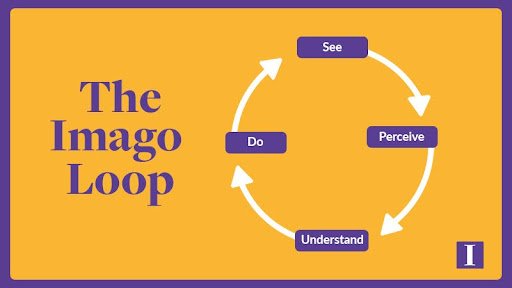👁 Learning How to Cultivate an Outside Mindset
Expertise has a problem.
I’ve written about it before, so I’ll just summarize it here:
Expertise is often considered a precursor to innovation. Shouldn’t the most innovative ideas come from the people with the most expertise in that field? After all, they have a deep and nuanced understanding of how their field works.
The problem with expertise is that the more expert you or I become in any given domain, the more we accumulate knowledge of what works and what doesn’t. This deep expertise deservedly leads to a high level of confidence. But at the same time, it leads to narrowing one's perspective and being less open to new and fresh (read: unproven and unconventional) approaches.
In other words, if you are holding a hammer, everything starts to look like a nail.
Excerpt from The Problem with Expertise
Every one of us is an expert in one or more things, and the more experience we accumulate, the more expert we become. This is a wonderful thing – if you need open heart surgery, go to the surgeon who has done a thousand open heart surgeries. Whatever you are an expert in – that’s a gift.
But, when you need breakthrough innovation – when a problem is particularly difficult to solve, the environment changes or an opportunity comes out of nowhere – that’s when narrow expertise and conventional wisdom can become a barrier.
David Epstein writes about this in his excellent and thought-provoking book Range: Why Generalists Triumph in a Specialized World.
“Highly credentialed experts can become so narrow-minded that they actually get worse with experience, even while becoming more confident — a dangerous combination.”
– David Epstein
Range: Why Generalists Triumph in a Specialized World
The antidote to the problem of expertise and a key ingredient to breakthrough innovation cultivating what I call an “Outside Mindset.”
Cultivating an Outside Mindset
Great innovators throughout history, from Leonardo da Vinci and Filippo Brunelleschi to Steve Jobs and Elon Musk, combine a keen sense of observation with a powerful imagination. They are curious about many things. They are imaginative in connecting the dots between seemingly unrelated topics.
An Outside Mindset enables us to deliberately counter the temptation of narrow expertise by cultivating a wider perspective.
What does an Outside Mindset look like? From observing leaders, I’ve noticed a number of behaviors and ways of thinking that they share in common.
An Outside Mindset…
⚡ Leads with curiosity.
⚡ Is open to new ideas.
⚡ Pays attention to the outside world.
⚡ Cultivates diverse relationships.
⚡ Seeks outside perspectives.
⚡ Attends conferences outside one’s sector (gets out of their regular environment).
⚡ Reads resources like The Wave Report (congrats, you are doing this right now!).
⚡ Listens to the Purpose & Profit Podcast (yes, this is my podcast… shameless plug!).
💡 Takeaway: Breakthrough innovation requires getting outside of conventional approaches, ways of thinking, and ways of solving problems. Consider what you are doing to nurture an Outside Mindset.
Let’s finish with a framework I use to cultivate an Outside Mindset. I call it the “Imago Loop.”
Tool – The Imago Loop
As I’ve observed leaders and breakthroughs, I’ve noticed a consistent pattern that can be improved by practicing deliberate awareness. I call it the Imago Loop, and not just because that’s the name of the company I founded.
“Imago” in Latin is a word picture of a vision of something that will be but does not yet exist. It’s the now but not yet. Innovation requires being able to see things that do not yet exist. The end result may not be clear, but the vision is.
What vision do you have that is here but does not yet exist?
Let’s break it down.
See
The first step is to keep your eyes open and be open to noticing trends in the first place. The dictionary definition of “notice” is “the fact of observing or paying attention to something.”
Perceive
It’s one thing to take in information. To notice trends. The next step is to perceive when a trend might matter to you. To discern that a particular piece of information might be relevant to your situation.
I scan hundreds of headlines a week. Maybe 5% of them I perceive might be relevant to my clients or you, my readers. Of those, perhaps 20% of those end up being of interest. Of those, I only write about a handful any given week. So, in the end, I include less than 1% of everything I notice in a given week in this newsletter.
Perceiving when a trend or idea may be relevant to your situation is an essential part of the process of innovation.
Understand
After perceiving that a trend or coming wave may be relevant to their situation, the next step is to seek to understand it.
Seeking understanding is a bigger commitment than just noticing trends or perceiving whether to dive deeper. Seeking understanding takes an investment of time.
Jeff Bezos, the founder of Amazon, follows a rule that I find helpful h. Whenever he sees something growing exponentially, he commits to spending at least five hours using it before passing judgment.
A friend of mine, Michael Simmons, calls this The Hockey Stick Rule, and he was inspired by spending thousands of hours studying leaders like Jeff Bezos, Warren Buffet, and Bill Gates.
Simmons writes, “If you’re ultimately going to spend the time understanding a tool, technology, or opportunity anyway because it gains mass adoption in the future, then explore it now to see if it has breakout potential.”
Do
The final step of the loop is to apply what you’ve learned. Innovation doesn’t happen without action. Informed by understanding, the leader acts, experiments, prototypes, and learns.
That’s it. To review: See > Perceive > Understand > Do. Repeat.
You probably naturally do this in many ways. The key, I think, is to be intentional and disciplined.
Each leader tends towards one or two of the elements of the Imago Loop. They may be great at action (Do), but see exploration (Understand) as a waste of time if they don’t 100% know something is relevant to their situation.
Or, they may love reading and being exposed to many diverse ideas (See) but need more discipline to discern when an idea is worth serious consideration (Perceive).
Leaders need all four steps to cultivate an Outside Mindset – See, Perceive, Understand, and Do.
💡 Takeaway: Use the Imago Loop to intentionally observe what’s happening in the broader world (See), discern when a particular trend or opportunity might apply to you (Perceive), seek understanding (Understanding), and if applicable, act (Do).
How can you be more intentional this year to apply this framework?
Until next week… Surfs Up! 🌊
- Dave
P.S. Season 4 of the Purpose & Profit Podcast premiered this week, with an interview on what we can learn from the Subscription Economy with Robbie Kellman Baxter, author of The Forever Transaction. Give it a listen and share with a friend if you find the topic helpful.
Season 4, Episode 1: Unlocking Subscriptions with Robbie Kellman Baxter: Strategies for Sustainable Revenue and Customer Engagement
About the Author | Dave Raley
Consultant, speaker, and writer Dave Raley is the founder of Imago Consulting, a firm that helps non-profits and businesses create profitable growth through sustainable innovation. He’s the author of a weekly trendspotting report called The Wave Report, and the co-founder of the Purpose & Profit Podcast — a show about the ideas at the intersection of nonprofit causes and for-profit brands.
Want to receive insights like this weekly?
Every Friday, we send out The Wave Report, highlighting one trend or insight “wave,” from donor and consumer trends to innovation in different industries or new models for growth.
Subscribe today to receive free weekly insights in your inbox here:



